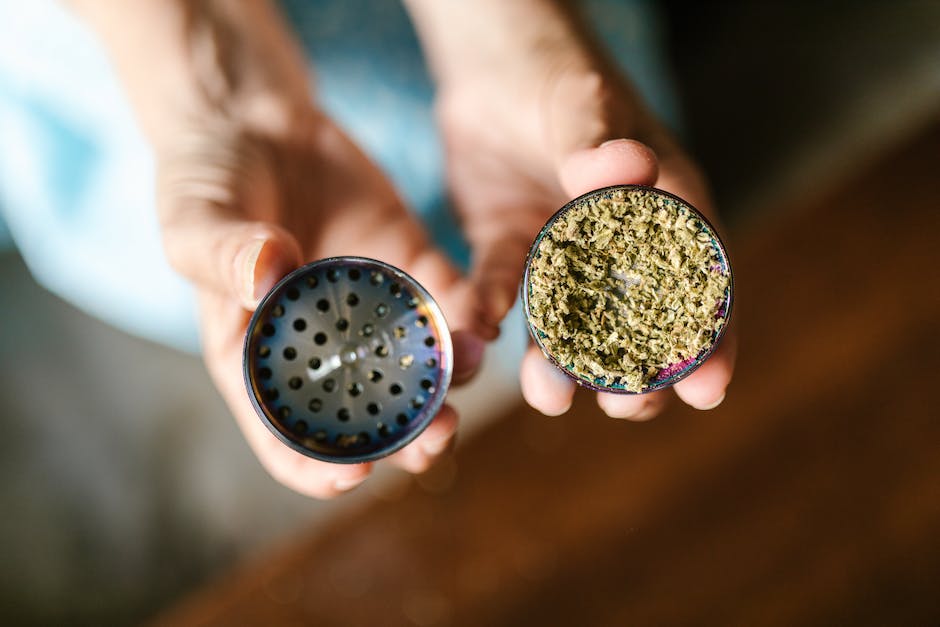In 1996, California passed the first of two major laws regulating the use of cannabis, the Compassionate Use Act. This law allowed certain patients with severe illnesses to use cannabis to treat their symptoms.
Two years later, in 1998, California passed the Statewide Cannabis Consolidation Act, or Prop 19. This law allowed for the consolidation of state-run cannabis programs into one statewide system.
But before we dive into that, let’s take a look at how Prop 19 came aboutä Christin von Burgertsch: A theme that runs through all of California’s marijuana laws is trying to normalize and legitimize cannabis. This has been a major source of conflict between politicians and marijuana advocates.
For example, back in 1996, when Prop 69 was introduced in Califórnia State Legislature (the original version of Prop 69 did not include language allowing for medicinal use), it was opposed by most legislators due to its perceived “normalization” of cannabis.
They felt that giving people with terminal illness access to medical marijuana would create an image for them as “trendsetters” and inspire others to follow suit. Unfortunately for these individuals, this did not happen.
The cultural impact of marijuana

While some of the changes have been positive, many have been harmful. For example, laws such as Prop 64 have increased strict enforcement of marijuana regulations, increasing the risk and expense for small-scale growers.
However, for those who continue to abuse marijuana despite regulations, it remains a integral part of their culture. For example, studies show that over half of all black market users report using cannabis as a mode of recreational expression.
This shows just how widespread marijuana is and how deeply embedded its culture is. Even without the influence of laws like Prop 64 and 64A, California would have a strong presence in the cannabis industry.
With 67 patent applications filed by dispensaries in California over the last decade, it seems like state-level legislation has not stopped companies from entering the market.
The legalization battle continues

As California and the nation continue to grapple with the effects of legalizing cannabis, another milestone has been reached: medical cannabis use is now federally legal.
Since 2014, it has been possible to find medical marijuana dispensaries in all fifty states, thanks to a section of the federal government called the Drug Enforcement Agency.
This is significant, as it makes cannabis more widely available than ever before. For example, if you have an ailment and feel like you need it but your doctor does not think its a good idea, you can now go to a dispensary and buy it!
However, at this point in time, only people with certain conditions are able to use medical marijuana.
Prop 64 and its implications
While California has gradually added recreational marijuana to its list of medical cannabis applications, the battle over marijuana remains very much a political one.
Since 1992, when Prop 19 passed, there have been three main ways to license and operate a marijuana business in California. The first was through the Medical Cannabis Program, which was created by state law and administered by the Department of Public Health. The second was through the Controlled Substance Clinical Trial-4, or CTC4, program, which permitted certain low-THC cannabis products for medicinal use.
The third way to operate a cannabis business is under the control of the local government. In San Francisco, for example, there is an Agency for Cannabis Enforcement (ACE), which licenses and regulates commercial pot cultivation and distribution in that city. In Los Angeles County there is the local Office of Alcohol & Drug Services (OADS), which also regulates commercial cannabis cultivation and distribution.
What comes next?

After California legalized cannabis for both medical and adult use in 2018, the U.S. government now faces the difficult task of figuring out how to regulate and tax this new industry.
The billion-dollar market is starting to take shape, with big names like Walmart offering cannabis products as part of their everyday supplies. There are even marijuana cafes in Vancouver, BC and Amsterdam, where you can enjoy your coffee with a few spliffs.
It will be some time before this new market is regulated and taxed, but for now, it is legal to buy and sell in California only at certain licensed locations. Buyers and sellers must be 18 or older.
From Prop 215 to Prop 64: The Legal Battles That Defined California’s and America’s Cannabis Story

In 1996, California voters approved Prop 215, a medical marijuana program that allowed people with severe chronic pain and AIDS or cancer who lived in rural areas or were elderly users only, to legally buy and sell cannabis at a government-regulated rate.
Prop 215 was the first of its kind in the United States and was created under the assumption that cannabis would be used as an alternative medicine to treat pain and other ailments. However, over the years, more research has showed no definitive proof of its use as a medicine.
Since 2001, there have been over 600 calls for marijuana possession or use arrests in California due to Prop 215. As a result of this overwhelming amount of enforcement, close to six million dollars in restitution is paid out each year for emergency repairs.


